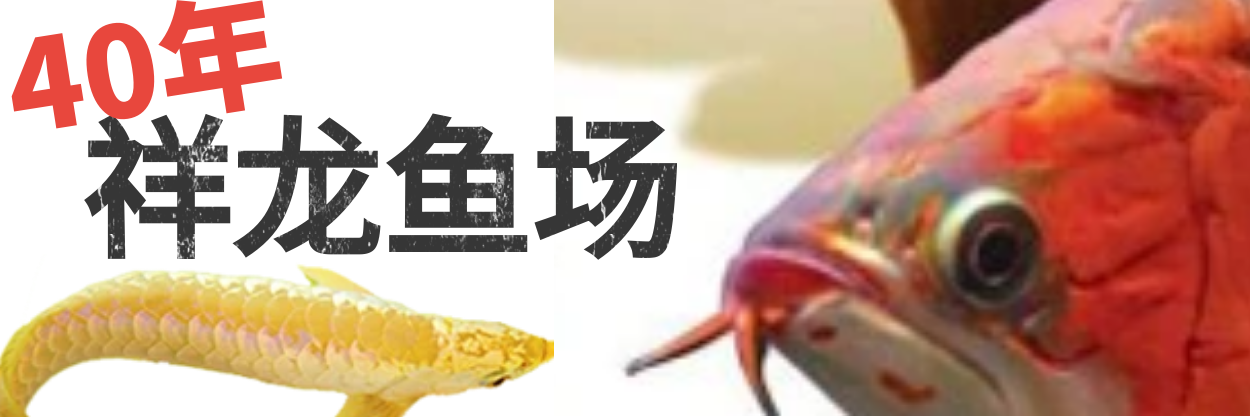龙鱼产地 英文名怎么写【thenaturalhabitatofarowanafish?】
,2、Are there specific regions in Asia where Arowanas are predominantly found?,3、Can Arowanas be found in the wild outside of their native Asian environments?,4、What are the environmental conditions required for Arowanas to thrive in their natural habitat?,5、How has human activity impacted the natural populations of Arowanas in their native habitats?
1、Where is the natural habitat of Arowana fish?
2、Are there specific regions in Asia where Arowanas are predominantly found?
3、Can Arowanas be found in the wild outside of their native Asian environments?

4、What are the environmental conditions required for Arowanas to thrive in their natural habitat?
5、How has human activity impacted the natural populations of Arowanas in their native habitats?
The Arowana, also known as the Asian bonytongue, is a freshwater fish that primarily inhabits the natural waters of Southeast Asia. The natural habitat of the Arowana includes rivers, lakes, and floodplains across countries such as Indonesia, Malaysia, Thailand, Cambodia, Vietnam, the Philippines, and parts of Borneo and Sumatra. These regions provide the ideal environment for Arowanas to thrive, with slow-moving or still waters, dense vegetation, and an abundance of food sources.
While Arowanas are native to these Asian environments, they can also be found in the wild outside of their native habitats due to human activities such as the aquarium trade and illegal wildlife trafficking. However, these instances are often not sustainable for the long-term survival of the species, as they lack the proper care and environmental conditions necessary for healthy populations.
The environmental conditions required for Arowanas to thrive include warm water temperatures, typically between 75-86°F (24-30°C), and a diet rich in protein, which they obtain from insects, crustaceans, and small fish. They also require large spaces to swim and grow, as they can reach significant sizes, with some species growing up to 3 feet or more in length.
Human activity has had a significant impact on the natural populations of Arowanas in their native habitats. Overfishing for the aquarium trade, habitat destruction due to deforestation and pollution, and climate change have all contributed to declines in Arowana populations. Conservation efforts are crucial to protect these magnificent fish and ensure their survival in the wild. This includes stricter regulations on the trade and sale of Arowanas, habitat restoration projects, and public awareness campaigns to educate people about the importance of preserving their natural habitats.





发表评论